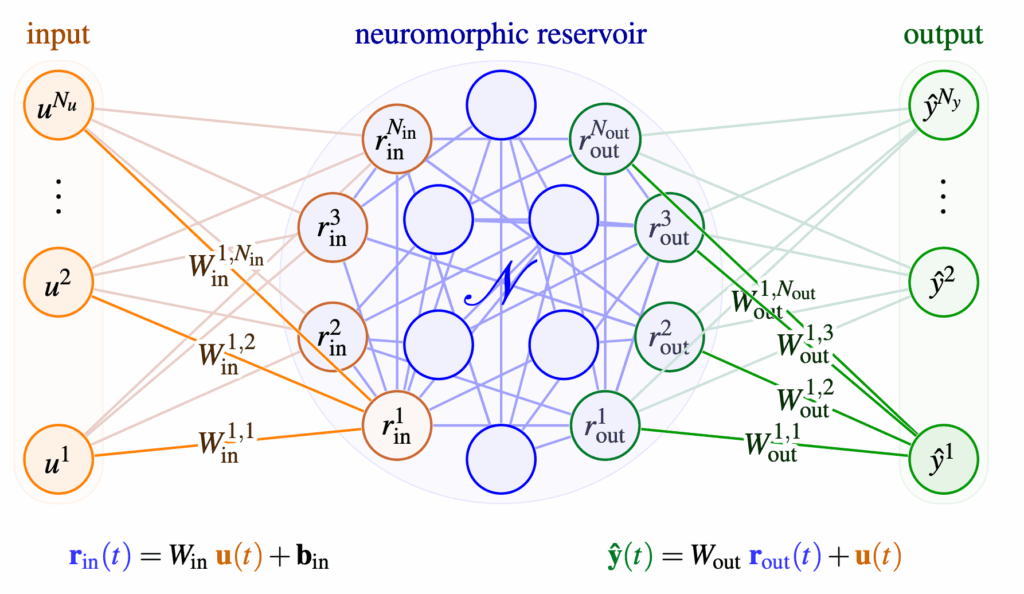
Text-to-image generation has become one of the most captivating areas in artificial intelligence, enabling machines to create vivid, detailed images from simple text prompts. Models like DALL·E, Stable Diffusion, and Imagen have amazed us with their ability to translate words into stunning visuals. Yet, despite these advances, there remain challenges in making these models truly versatile, controllable, and aligned with user intentions.
A recent research paper titled «Multimodal Instruction Tuning for Text-to-Image Generation» introduces a novel approach to enhance text-to-image models by teaching them to follow multimodal instructions. In this blog post, we’ll explore what multimodal instruction tuning is, why it matters, and how it can push the boundaries of AI creativity and usability.
The Challenge: From Text Prompts to Rich, Controllable Images
Current text-to-image models primarily rely on textual prompts to generate images. While powerful, this approach has some limitations:
- Ambiguity and Vagueness: Text alone can be ambiguous, leading to outputs that don’t fully match user expectations.
- Limited Control: Users have little ability to specify fine-grained details, such as layout, style, or object relationships.
- Single-Modal Input: Relying solely on text restricts the richness of instructions that can be provided.
To address these issues, researchers are exploring ways to incorporate multimodal inputs—combining text with images, sketches, or other visual cues—to guide generation more precisely.
What Is Multimodal Instruction Tuning?
Multimodal instruction tuning is a training strategy where a text-to-image model learns to follow instructions that combine multiple modalities. For example, a user might provide:
- A textual description («A red sports car on a sunny day»)
- An example image or sketch showing the desired style or composition
- Additional visual cues highlighting specific objects or layouts
The model is trained on datasets containing paired multimodal instructions and corresponding images, learning to integrate these diverse inputs into coherent, high-quality outputs.
How Does This Approach Work?
The paper proposes a framework that extends existing diffusion-based text-to-image models by:
- Incorporating Multimodal Inputs: The model accepts both text and image-based instructions as input embeddings.
- Unified Encoder: A shared encoder processes different modalities, aligning them into a common representation space.
- Instruction Tuning: The model is fine-tuned on a large collection of multimodal instruction-image pairs, teaching it to follow complex, multimodal commands.
- Flexible Generation: At inference time, users can provide any combination of text and images to guide image synthesis.
Why Is Multimodal Instruction Tuning a Game-Changer?
- Enhanced Control: Users can specify detailed instructions beyond what text alone can convey, enabling precise control over image content and style.
- Improved Alignment: The model better understands user intent by integrating complementary information from multiple modalities.
- Versatility: The approach supports a wide range of use cases, from creative design and advertising to education and accessibility.
- Reduced Ambiguity: Visual cues help disambiguate textual instructions, leading to more accurate and satisfying outputs.
Experimental Results: Proof of Concept
The researchers trained their model on a diverse dataset combining text descriptions, reference images, and target outputs. Key findings include:
- Higher Fidelity: Generated images closely match multimodal instructions, demonstrating improved alignment.
- Better Diversity: The model produces a wider variety of images reflecting nuanced user inputs.
- Robustness: It performs well even when some modalities are missing or noisy, gracefully degrading performance.
- User Studies: Participants preferred multimodal-guided generations over text-only baselines for clarity and satisfaction.
Real-World Applications
Multimodal instruction tuning opens up exciting possibilities:
- Creative Industries: Artists and designers can sketch rough drafts or provide style references alongside text to generate polished visuals.
- Marketing and Advertising: Teams can rapidly prototype campaigns with precise visual and textual guidance.
- Education: Visual aids combined with descriptions can help create engaging learning materials.
- Accessibility: Users with limited ability to describe scenes verbally can supplement with images or gestures.
Challenges and Future Directions
While promising, multimodal instruction tuning also presents challenges:
- Data Collection: Building large, high-quality multimodal instruction datasets is resource-intensive.
- Model Complexity: Integrating multiple modalities increases model size and training costs.
- Generalization: Ensuring the model generalizes well across diverse inputs and domains remains an open problem.
- User Interface Design: Developing intuitive tools for users to provide multimodal instructions is crucial for adoption.
Future research may explore:
- Leveraging self-supervised learning to reduce data requirements.
- Optimizing architectures for efficiency and scalability.
- Extending to other modalities like audio or video.
- Creating interactive interfaces for real-time multimodal guidance.
Conclusion: Toward Smarter, More Expressive AI Image Generation
Multimodal instruction tuning represents a significant step forward in making text-to-image models more controllable, expressive, and user-friendly. By teaching AI to understand and integrate multiple forms of input, we unlock richer creative possibilities and closer alignment with human intent.
As these techniques mature, we can expect AI-generated imagery to become more precise, diverse, and accessible—empowering creators, educators, and users worldwide to bring their visions to life like never before.
Paper: https://arxiv.org/pdf/2506.10773
Stay tuned for more updates on the cutting edge of AI creativity and how multimodal learning is reshaping the future of image generation.
Добавить комментарий